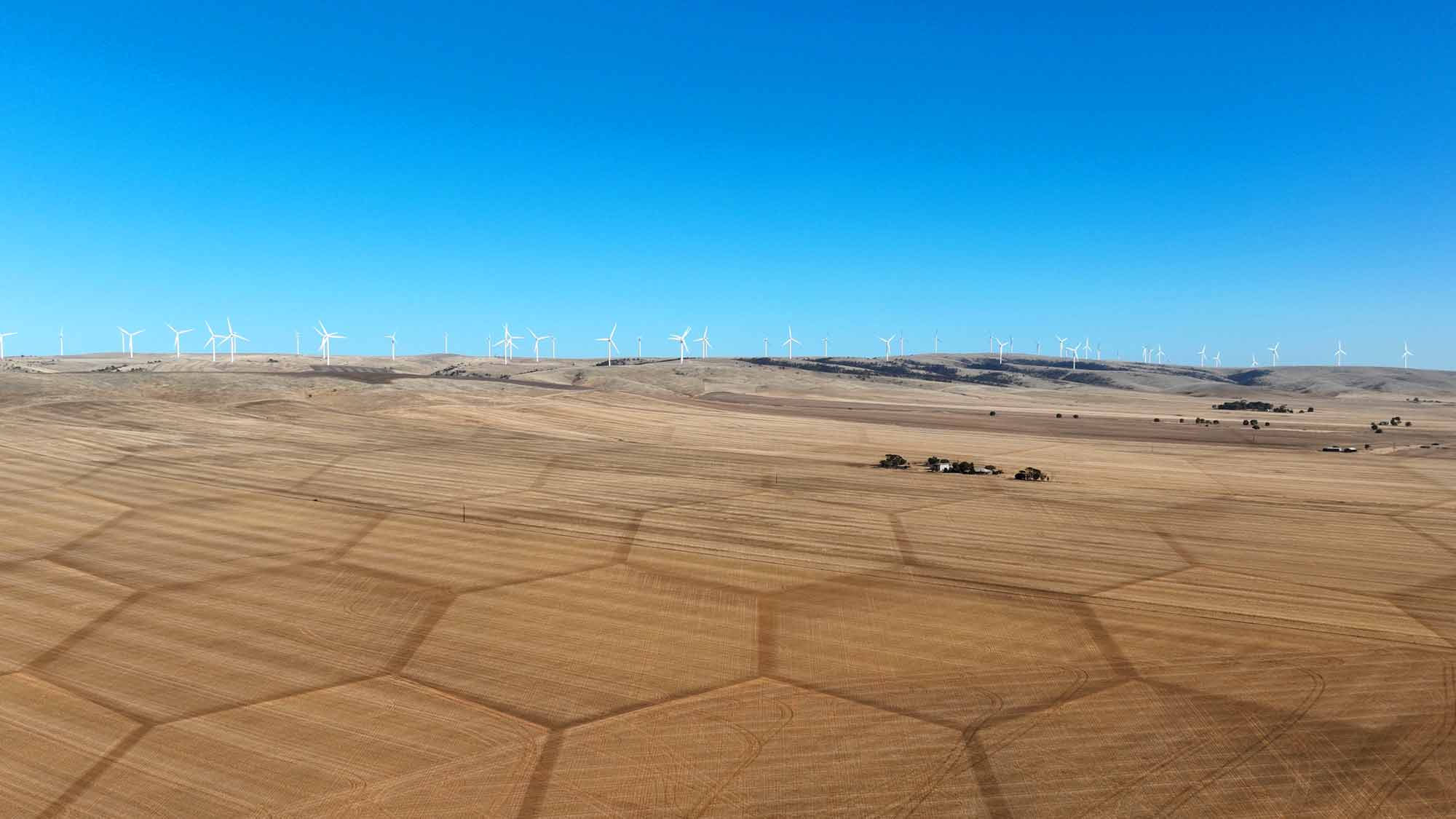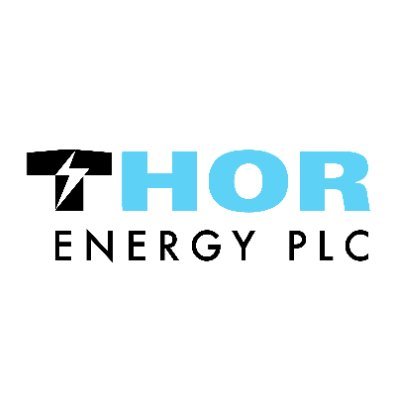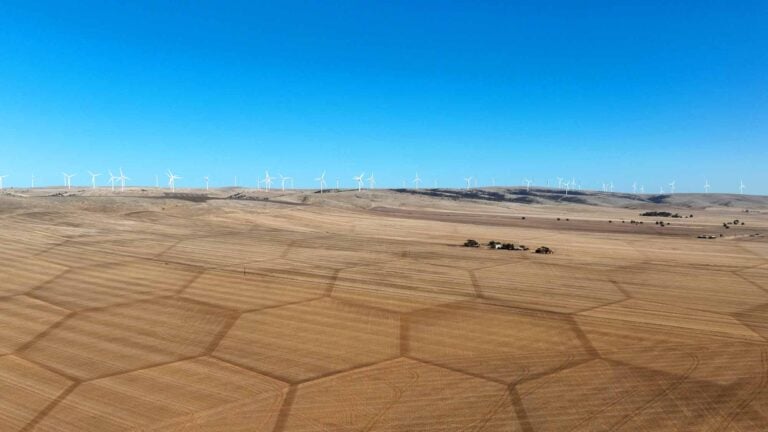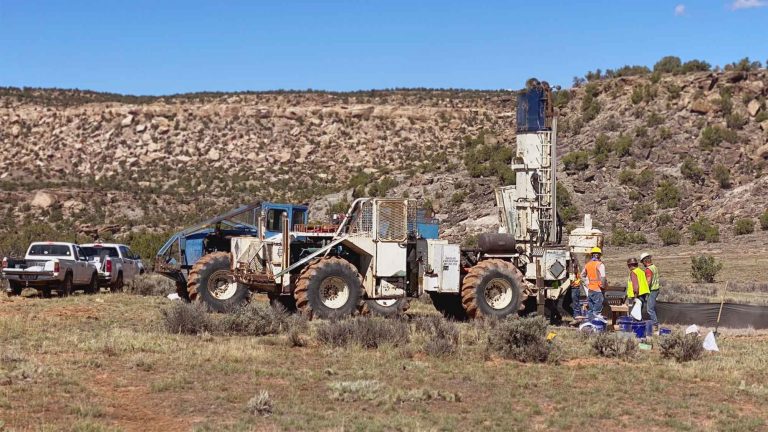Thor Energy Plc (LON:THR) Managing Director Andrew Hume caught up with DirectorsTalk to discuss the company’s recent advancements in natural hydrogen and helium exploration at the High Range project in South Australia.
Q1: Andrew, Thor Energy released the results of the recent surface geochemistry survey for Project High Range. Can you just take us through the findings?
A1: Just a quick reminder, we’ve spoken about this before, but we went out into the field a couple of months ago in May, acquired surface geochemistry across our High Range licence, which is this big licence, 6,500 square kilometres in South Australia, just north of Adelaide. What these samples do is that they take samples of the air within the soil, just about a metre down, and what we’re really looking for is elevated readings of hydrogen and helium.
Now, rule of thumb background numbers, the air we’re breathing now has a tiny, tiny amount of hydrogen in it, around about half of one part per million so one in two millionth of the air we’re breathing is hydrogen. So, when we went out to the field, we’re looking for anomalies that are greater than that and ideally, we went out there hoping to find things in the tens of parts per million, perhaps.
We’ve actually had some really very impressive results where we’ve, for half the samples, got readings into the high tens or even the hundreds of parts per million. We’ve even had about six or seven readings that are in excess of one thousand parts per million, with the highest recorded being three thousand parts per million. So, lots of numbers there, but basically that big number is six thousand times the expected background.
So, it’s a phenomenal increase of hydrogen versus the background. Similarly, for helium, we’ve had about five to six times background readings in some areas.
So, obviously this is really encouraging results. It’s not the same as drilling a well, that’s what we’ll be doing next year. We’ll drill a couple of wells once we’ve really narrowed down where we want to drill but these results really tell us that we’ve got a working hydrogen system and a working helium system, which comes as no surprise.
Our neighbour Gold Hydrogen, just a few tens of kilometres to the west, have some downhill measurements, which obviously corroborate that and there’s been an increasing amount of studies published recently in the area, taking samples from water bores and things like that. University of Durham and Oxford have been working on this.
So, we’re really getting a sense that our High Range licence is really sitting right in the middle of this key South Australian hydrogen helium fairway, so really exciting for us.
Q2: What are the implications of this new information and how will it inform your future work activity?
A2: First of all, it’s the same as oil and gas, when you go to a new basin, the first thing you want to try and do is prove up that there’s actually in that case natural gas or oil in the system. That’s what we’ve done here, but for hydrogen.
So, we’ve proven the system’s working. We’ve proven that there’s hydrogen in the system and there’s helium in very elevated concentrations. So, we’re in the right ballpark to obviously to find and then ultimately drill and, in the future hopefully, produce natural hydrogen. So, that’s the first thing it gives us.
Beyond that, obviously, we’ve taken samples across the licence and it’s showing us areas that are that have relatively higher concentrations and other areas that are relatively poorer within the within the licence. That’s allowing us to be really selective, to potentially relinquish some of the areas that are not very attractive, less attractive, and really focus our efforts on key, highly prospective areas within our big licence where we expect the real prize to be. So, that continuing to focus really allows us to use our money wisely, our resources wisely, and ultimately move us along that line very quickly to drilling wells next year.
So, that’s the main implications, proves things up, tells us where to be, and allows us to focus our efforts.
Q3: Could you just remind us why natural hydrogen is commercially very viable at the moment?
A3: It is, and we’ve talked about this before a little bit, but there’s been so much hype about green hydrogen over the last few years. A lot of the energy has gone out of that, a lot of the support and a lot of the money, I suppose, has gone out of that. I read a statistic somewhere the other day saying that less than 1% of announced green hydrogen projects over the last four or five years have actually gone beyond the concept stage. We see that in the newspapers quite often that a lot of these projects have been mothballed and slowed down.
Natural hydrogen comes along as a bit of a saviour to that because it provides an option of even greener, even environmentally friendly, a more sound source of hydrogen than green can do. It’s potentially scalable and it’s potentially located in numerous countries around the world.
So, there’s a lot more people spending a lot more time and we’re starting to see some of the bigger players starting to get involved in this market. I was at a geological conference in London last week and it was really impressive how many people were coming from around the planet, from big companies, from companies like Thor Energy and a lot of the universities, to really try and collectively understand how these systems are working, to share what we can, to keep some of our cards closer to our chest. You really sense that the industry is really starting to kick off.
Recently within our area, our neighbours, Gold Hydrogen, announced last week that they’ve done a deal with Toyota and Mitsubishi and ENEOS who are Japanese concerns, obviously, some of those are household names. Even today, our neighbours on the other side who have a portfolio of licence applications, they’re not licences yet, but just a bunch of applications have just done a deal with Koloma Australia, which are affiliated with the American hydrogen and helium explorers, Koloma.
So, a lot of activity and I think this is why natural hydrogen really is getting more limelight, and I think we’re going to see an increase in activity focused globally and in South Australia over the coming months. So, yes, a really exciting time.













































